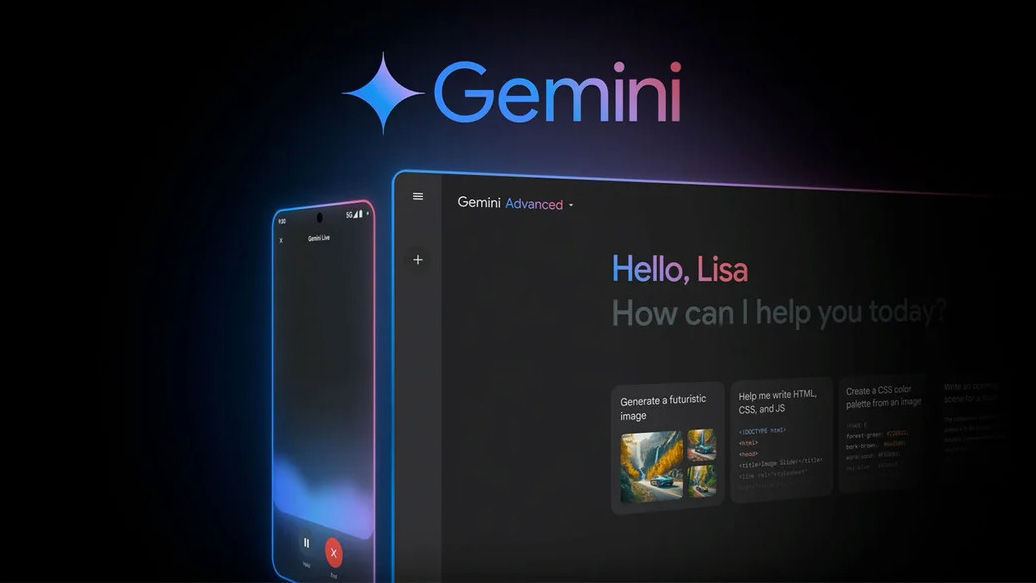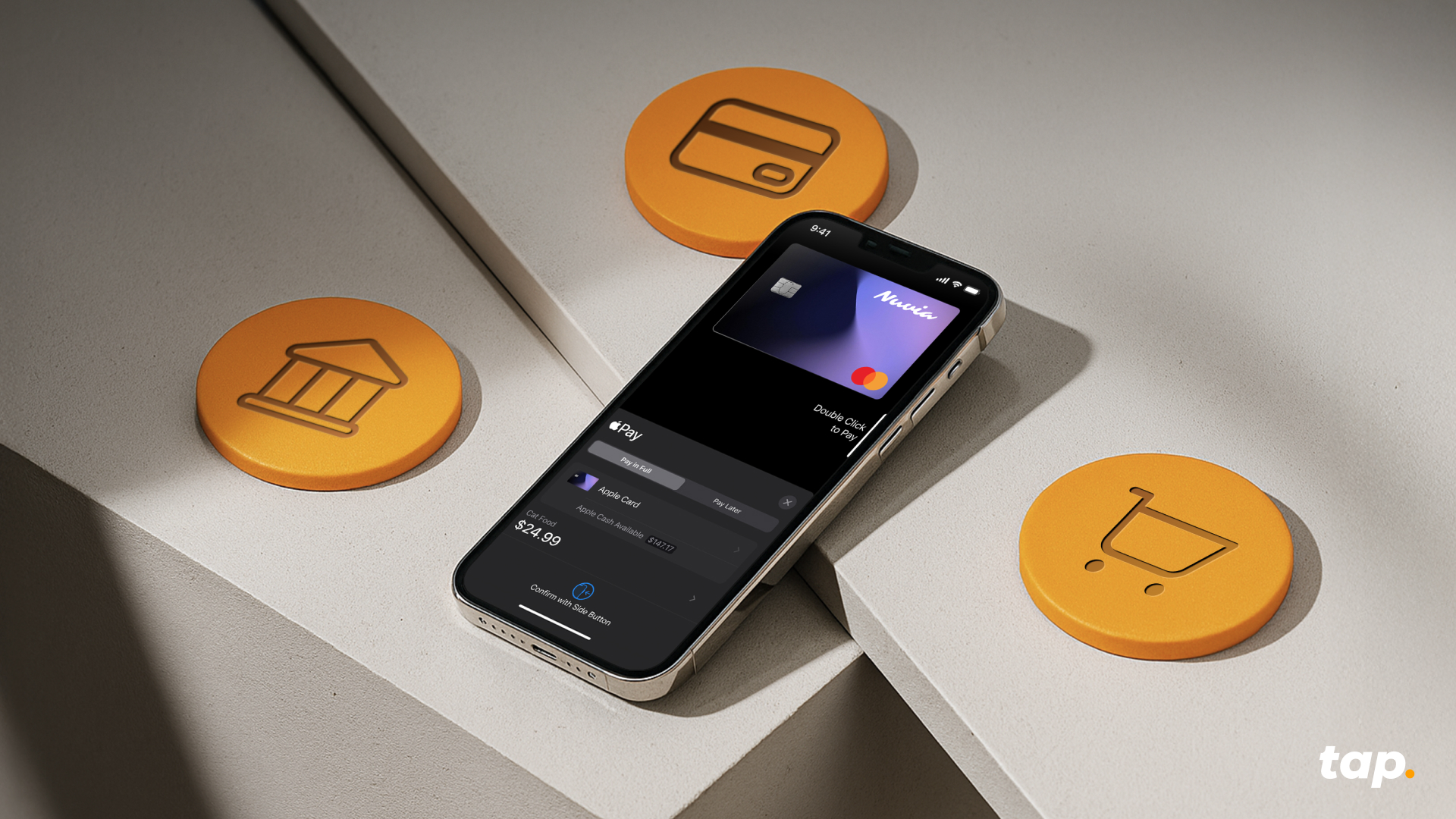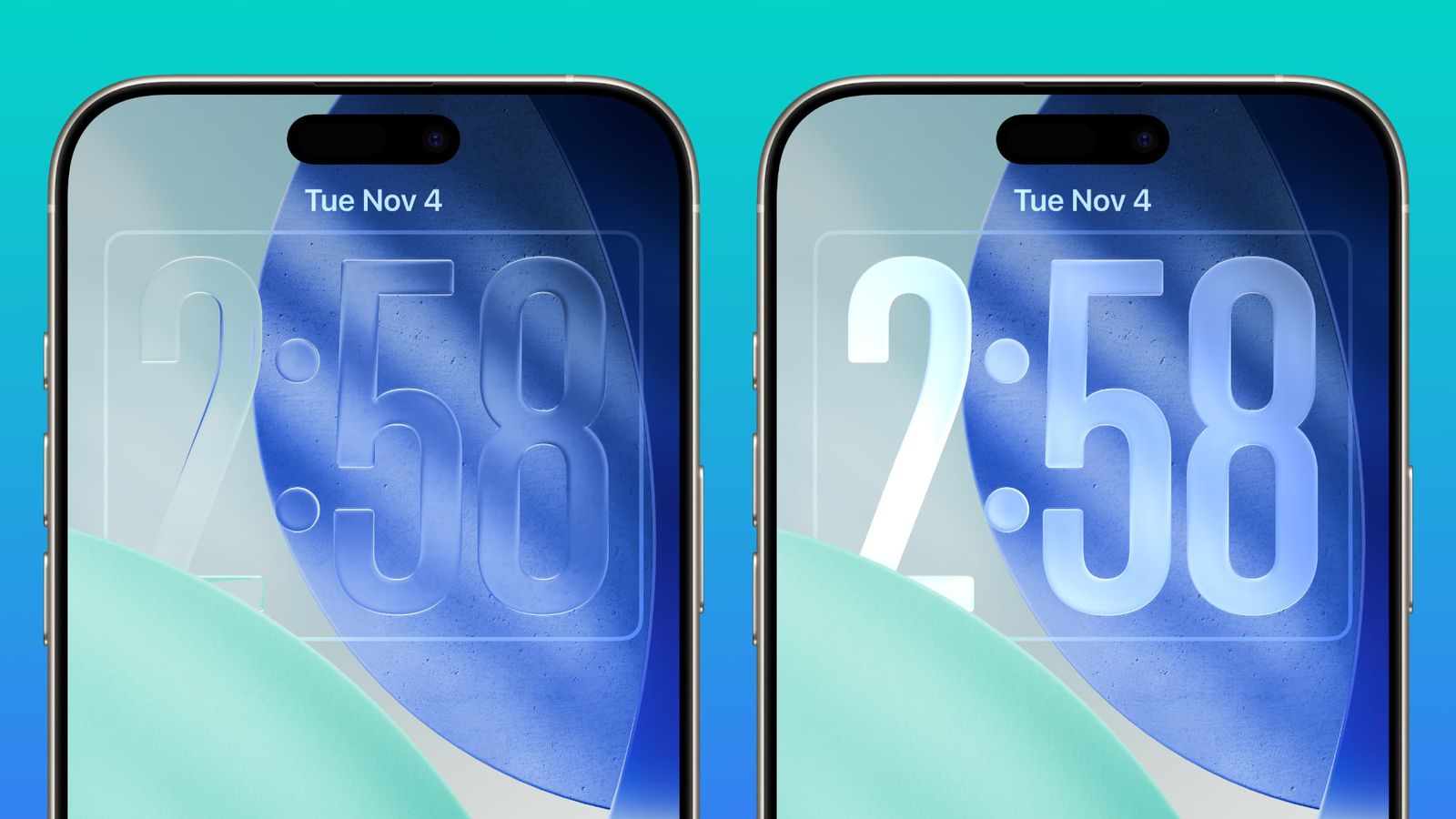Following its tremendous success at this year’s Emmys, Apple announced today over 20 nominations for the 4th Annual Children’s & Family Emmy Awards. Here’s the complete list.
### ‘Time Bandits’ Acknowledged with Seven Nominations
Earlier this year, Apple experienced its most successful Emmy season to date, securing 25 awards, thanks to breakout hits *The Studio*, *Severance*’s celebrated second season, and more.
Today, the company rejoiced in a new round of nominations, this time for the 4th Annual Children’s & Family Emmy Awards, scheduled for next March.
Ironically, the series that topped the list with 7 nominations was *Time Bandits*, despite being canceled after just its first season. The show stars Lisa Kudrow, who received a nomination in the “Lead Performer in a Preschool, Children’s or Young Teen Program” category.
Here’s the complete rundown of Apple TV nominees and their categories:
#### Time Bandits
– Young Teen Series
– Lead Performer in a Preschool, Children’s or Young Teen Program — Lisa Kudrow
– Writing for a Young Teen Series — “Kevin Haddock”
– Directing for a Live Action Series — “Kevin Haddock”
– Art Direction/Set Decoration/Scenic Design — “Kevin Haddock”
– Hairstyling and Makeup — “Kevin Haddock”
– Visual Effects for a Live Action Program
[Watch “Time Bandits” on Apple TV](https://apple.co/49LOIKv)
#### Jane
– Preschool, Children’s or Family Viewing Series
– Writing for a Preschool or Children’s Series — “Pan troglodytes”
– Editing for a Preschool or Children’s Live Action Program — “Pan troglodytes”
[Watch “Jane” on Apple TV](https://apple.co/49oWklO)
#### Eva the Owlet
– Short Form Animated Program
– Editing for a Preschool Animated Program — “Adventure Night”
[Watch “Eva the Owlet” on Apple TV](https://apple.co/4o9w0zU)
#### Wonder Pets: In the City
– Younger Voice Performer in a Preschool, Children’s or Young Teen Program — Vanessa Huszar
– Younger Voice Performer in a Preschool, Children’s or Young Teen Program — Christopher Sean Cooper Jr.
– Writing for a Preschool Animated Series — “Save the Porcupine! / Save the Runaway Egg!”
– Directing for a Preschool Animated Series — “Save Tate? / Save the Song Birds!”
– Voice Directing for an Animated Series — “Save the Roly Poly! / Save Jack (and the Giant, Too)!”
[Watch “Wonder Pets: In the City” on Apple TV](https://apple.co/4ifdWTI)
#### Me
– Younger Performer in a Preschool, Children’s or Young Teen Program — Lucian-River Chauhan
– Writing for a Young Teen Series — “Pilot”
[Watch “Me” on Apple TV](https://apple.co/4p0upNO)
#### Goldie
– Writing for a Children’s or Young Teen Animated Series — “Frand or Foe”
– Voice Directing for an Animated Series — “Petey the Stargazer”
[Watch “Goldie” on Apple TV](https://apple.co/4pk1mom)
#### Yo Gabba GabbaLand!
– Costume Design/Styling — “Me”
[Watch “Yo Gabba GabbaLand!” on Apple TV](https://apple.co/3X5AIne)
#### WondLa
– Music Direction and Composition for an Animated Program — “Heart”
[Watch “WondLa” on Apple TV](https://apple.co/3LubIUb)
Do you have a favorite? Share your thoughts in the comments.
Apple TV is
Read More




